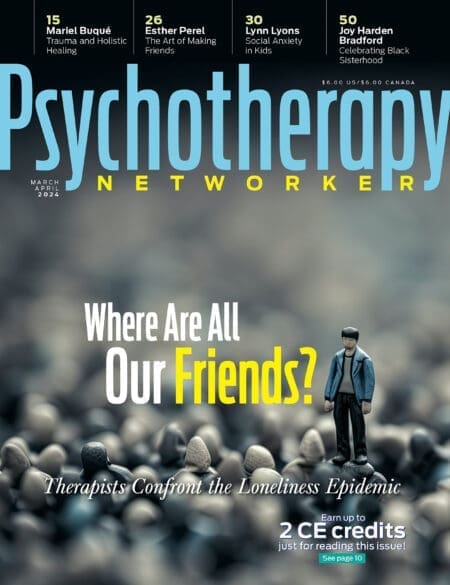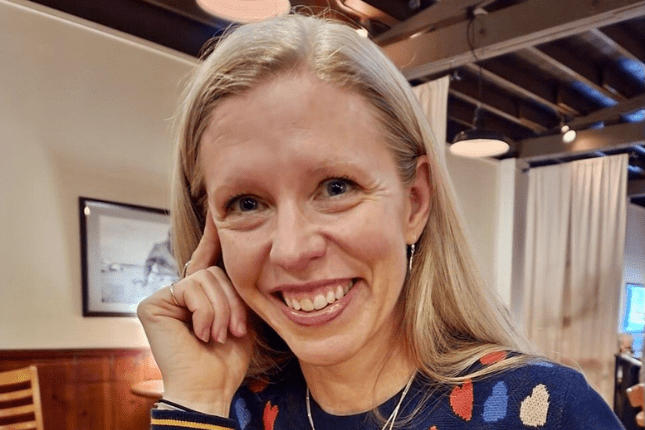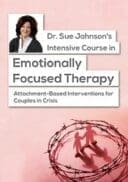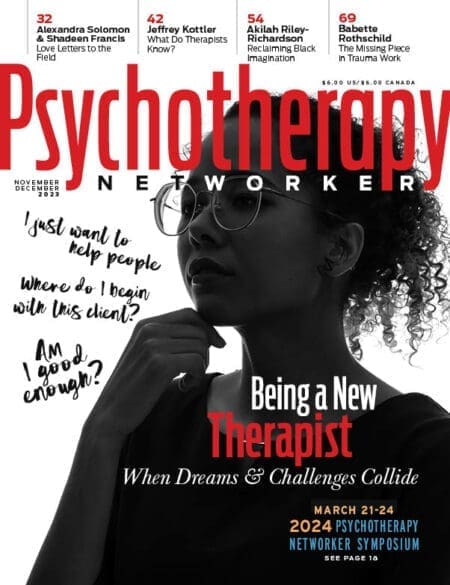For many parents, when a child says, “Read me a story, please,” it’s a sign that they’re close to the finish line of a successful day. They’ve navigated the many ordinary challenges all busy, modern parents struggle with. Soon, if bedtime proceeds smoothly, they’ll be able to relax. After reading the words, “The End,” kissing their child on the forehead, and turning off the lights, they’ll exhale. Then, there will be time to regroup, take a hot bath, and enjoy a few moments of alone time—or time connecting with a partner—before going to sleep.
But for a therapist who writes children’s books, story time provides what might be the most important parenting opportunity of the entire day. Many therapists dream of writing an insightful and appealing children’s book, one that will reach kids and parents through creative storytelling when they need an inspirational message most. Children’s books can provide a window into the best parts of the human heart, and buffer generations of readers against emotional pain that might send them barreling in a therapist’s office decades later. They give parents and kids an opportunity to expand their imaginations, process emotions, and bond.
Amy Howell realizes this more than anyone. Children’s books have been one of her lifelong passions. As an educational psychologist and professor at Central Oregon Community College in Bend, Oregon, she even uses children’s books to illustrate points of psychological development in her college courses. She recently penned her own children’s book illustrating her understanding of the emotional needs of children titled Josie Girl and Blueberry Blue. Sitting in our respective living rooms on a quiet fall evening, after our own kids had gone to bed, we spoke on the phone about therapy, feelings, and writing children’s books.
—-
Ryan Howes: Why did you decide to write a children’s book?
Amy Howell: I’ve always felt that a good children’s book should just be called a book. If it’s good, the messages, metaphors, and emotions transcend any age or stage. Also, if it’s good, it shouldn’t marginalize or minimize children’s emotional journeys. I don’t just mean the harder-to-navigate emotions, like sadness, but also humor and curiosity. I think Maurice Sendak’s Where the Wild Things Are and Margaret Wise Brown’s Goodnight Moon do that well. In fact, initially, publishers felt Where the Wild Things Are was too scary and Goodnight Moon was too sentimental.
Too often in children’s books, characters encounter a mini hurdle, and then the plot wraps up neatly. Everything is okay and life is good again. I think that’s a dangerous message to send to children. It normalizes the idea that things should always feel okay and have happy endings. The books I’ve fallen in love with, even prior to having my own kids, wrap up with questions, uncertainty, or the suggestion that a loss or disappointment can be a real bummer. I don’t want to walk away from a book feeling absolute despair, but it’s nice to know that sometimes crappy things happen and people are there who understand that.
RH: Your book doesn’t end on a happy note. The main character loses something and doesn’t get it back. Her dad empathizes with her but doesn’t fix it.
Howell: I wish I could say I’ve always reacted like the dad character, because what he did was healthy for his daughter. It’s a little like what therapists do with their clients—and it’s hard.
I remember when the restaurant chain Red Robin would give balloons to kids. My daughter got a yellow balloon, her favorite color. As we were driving home, she let it go and was upset. My way of coping was to save her from her feelings as fast as I could. We drove back to Red Robin. I walked in winking at the person behind the balloon stand, and said, “Oh, did our yellow balloon make its way back to its home? Look, there it is!” My daughter walked away feeling like it was all better.
I’d accidentally created a world of magical thinking for her where things always work out. Because later, she was with a friend whose balloon brushed up against a bush and popped. Her friend was upset, but my daughter was certain everything would be fine, just as it had been for her. If I’d fostered the moment for my daughter to really experience loss instead of trying to make it all okay, she would’ve been better equipped to support her friend.
A book came out a few years ago called The Rabbit Listened by Cori Doerrfeld. In it, Taylor—we never know the child’s gender—creates an incredible building out of blocks. Then, something happens, and they collapse.
Different animals come in to offer Taylor advice. One animal says, “This is horrible. You need to be mad. You should be angry.” Another animal says, “You need to remember exactly what you did so you can rebuild it exactly the same way,” which is how I handled my daughter’s lost balloon. One by one, all these other animals advise Taylor to be disappointed or determined or to cry or to feel this way or that way.
Then a rabbit comes in and doesn’t say a word. The rabbit just sits near Taylor, allowing them to move through their emotional experiences: sad, angry, the full spectrum. The rabbit’s presence opened door. When I remember that book, I’m like, wow, what a great gift—to just sit and listen.
That was an invitation for me to think about the role of adults in children’s emotional journeys. When my kids were upset, there were times when I’d pick them up and pat them on the back and say, “Shh, it’s okay,” when it wasn’t, to them. I wish I could go back and undo some of those pats and just hold them.
RH: As a dad myself, I love that you made your main character a dad. What drove that choice?
Howell: I made the primary caregiver character a dad because I don’t think there are enough stories about dads. There are some great ones, but we still need more stories about steady, nurturing, sensitive dads, and how important they are to children. We need to see men helping children navigate their emotions. I also hope my book feels open to any family configuration, be that LGBTQ parents, BIPOC families, or single parents. I don’t think there are enough stories about single parents and only children, either.
RH: Can children’s books effectively impart messages to kids about emotional and social development?
Howell: Absolutely. Books in which interesting or unusual events occur give children and adults a chance to talk. Whether kids are making connections with other books or with real life events, they give children a reference point. They help them build schemas—cognitive templates—that help organize information about what’s already happened and about what’s possible.
RH: What do you hope kids and their caregivers take away from Josie Girl and Blueberry Blue?
Howell: Bad things happen, and with time and connection, we can move into a place of hope and growth. Resilience doesn’t mean you tie things up in a bow. It’s a promise that things can shift and get better. New beginnings are possible.
In my book, Josie talks to her dad when she’s first faced with loss, and he looks sad. That’s part of the takeaway. The emotionally difficult journeys we take as adults and children aren’t that different in terms of how they feel in our minds and bodies. Children and adults experience feelings of loss, disappointment, anger, envy, shame, or self-blame. No one should have their feelings minimized. We deserve to feel supported in our emotional realities. And those experiences don’t have to be “fixed” for them to be okay.
Ryan Howes
Ryan Howes, Ph.D., ABPP is a Pasadena, California-based psychologist, musician, and author of the “Mental Health Journal for Men.” Learn more at ryanhowes.net.













